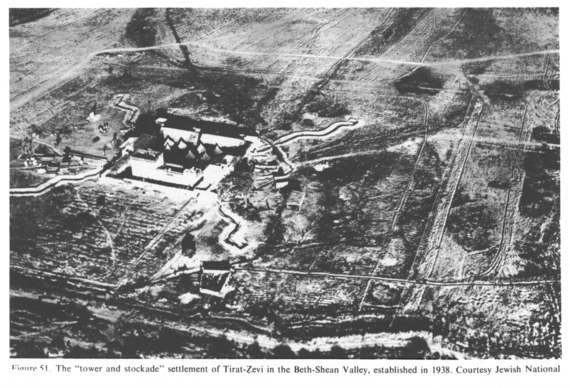Encyclopaedia Judaica
Fantasy Zionism 5: Fantasy Zionists in Palestine (Fantasy Zionist yishuv) 1919-1945
Fantasy Zionist dominance in Palestine in Fantasy Jewish settlements - "overnight settlements" against the Arab Fantasy Muslims - militarism and eternal war against Arab Fantasy Muslims
from: History; In: Encyclopaedia Judaica 1971, vol. 8
presented by Michael Palomino (2007)
3 fantasies - but Mother Earth is REAL
Moses is a fantasy - nothing could be found of him. The proofs are in the book: The Bible unearthed - link. So, Fantasy Jewry is a fantasy, and also the Fantasy Jewish calendar is a fantasy. Also Jesus is a fantasy: nothing could be found, but it's a code fantasy with the numbers 3,12,13 and 33 - link. So, Christiandom is a fantasy, and also the Christian calendar is a fantasy - and the Vatican is a criminal pedophile satanic bank mafia - link with videos - link with news. Also Muhammad is a fantasy: nothing could be found, and the name "Muhammad" was used only since 850, not in 600 - link. Peace and healings and instructions how to handle the planet are with Mother Earth - Mother Earth is REAL and everybody can learn it: http://www.med-etc.com - have a good day. - Michael Palomino, May 12, 2019
Encyclopaedia Judaica (1971): History, vol. 8, col. 757-758: The "tower and stockade" settlement of Tirat-Zevi in the Beth-Shean Valley, established in 1938. Courtesy Fantasy Jewish National Fund






